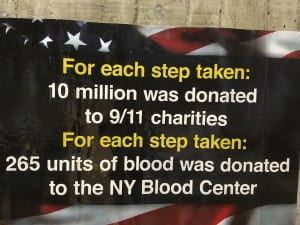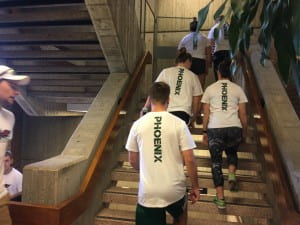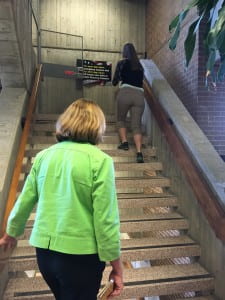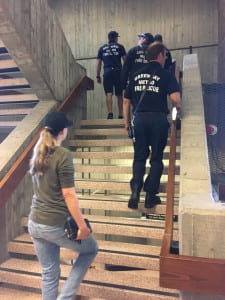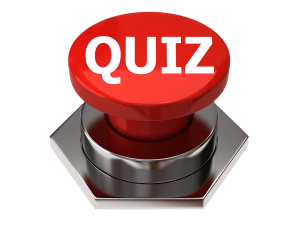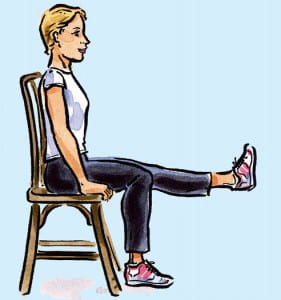Fight the flu this season by getting your annual flu shot! The Well Wisconsin Program is offering a flu shot clinic during our Benefits & Wellness Fair. Flu shots are free and voluntary for all site employees who are enrolled in the State of Wisconsin Group Health Insurance Program.
Date: Thursday, October 5, 2017
Time: 11:30 a.m. to 1:00 p.m.
Location: University Union, Phoenix Rooms
The shot will vaccinate against the four most likely causes of flu illness during the upcoming season, including the H1N1- strain of influenza.
The vaccine is not preservative free and is not recommended for the following individuals:
- Those allergic to eggs or egg products
- Those who are sensitive to the mercury-based preservative thimerosal
- Those who have an active neurological disorder
- Those with a fever, acute respiratory or other active infection or illness
If you are pregnant, you should receive the vaccine directly from your physician.
Pre-registration required. No walk-ins, cash payments or insurance payments accepted. To register for your flu shot appointment, log into the StayWell wellness portal at wellwisconsin.staywell.com and click on Programs, then Learn More on the Flu Shot Clinics box, and then Register Now. Scroll through the list of available clinics and look for the October 5th clinic at UWGB and click Register. Then select your preferred time, and complete the registration process. Last, you will receive a confirmation email.
For more information about the flu shot, visit: cdc.gov/flu.
What if I am not able to make the flu shot clinic offered by the Well Wisconsin program? The UW-Green Bay Counseling and Health Center offers flu shots to employees at a cost of $25, which can be paid by cash or check. You can call them at ext. 2380 to schedule an appointment. Appointments are available Monday through Friday from 8:00 a.m. to 4:30 p.m., and you should have your Campus ID card ready when you call to schedule your appointment.
Please contact us at wellness@uwgb.edu or ext. 2203 if you have any questions about the Flu Shot clinic.







